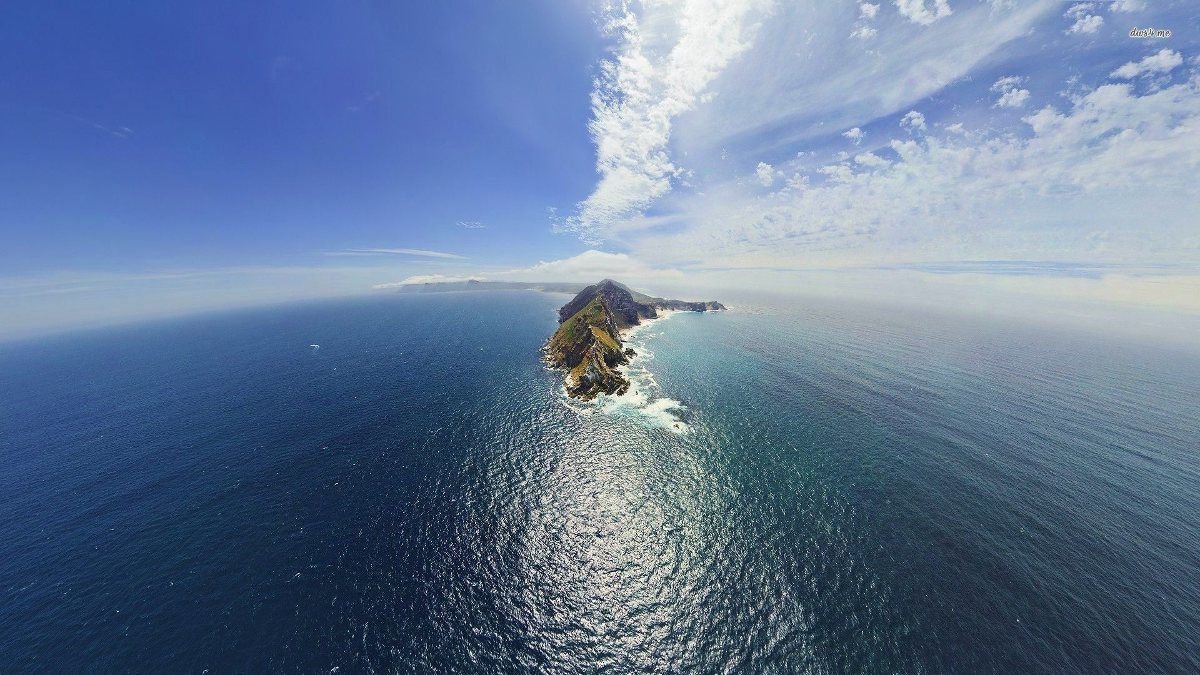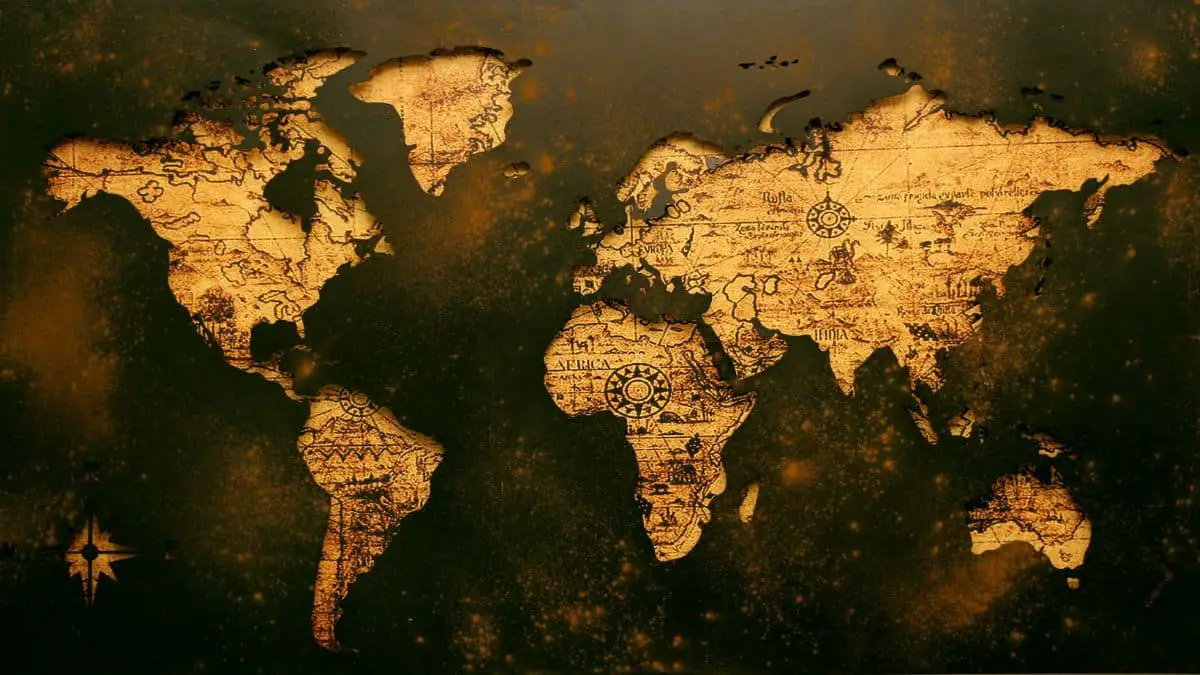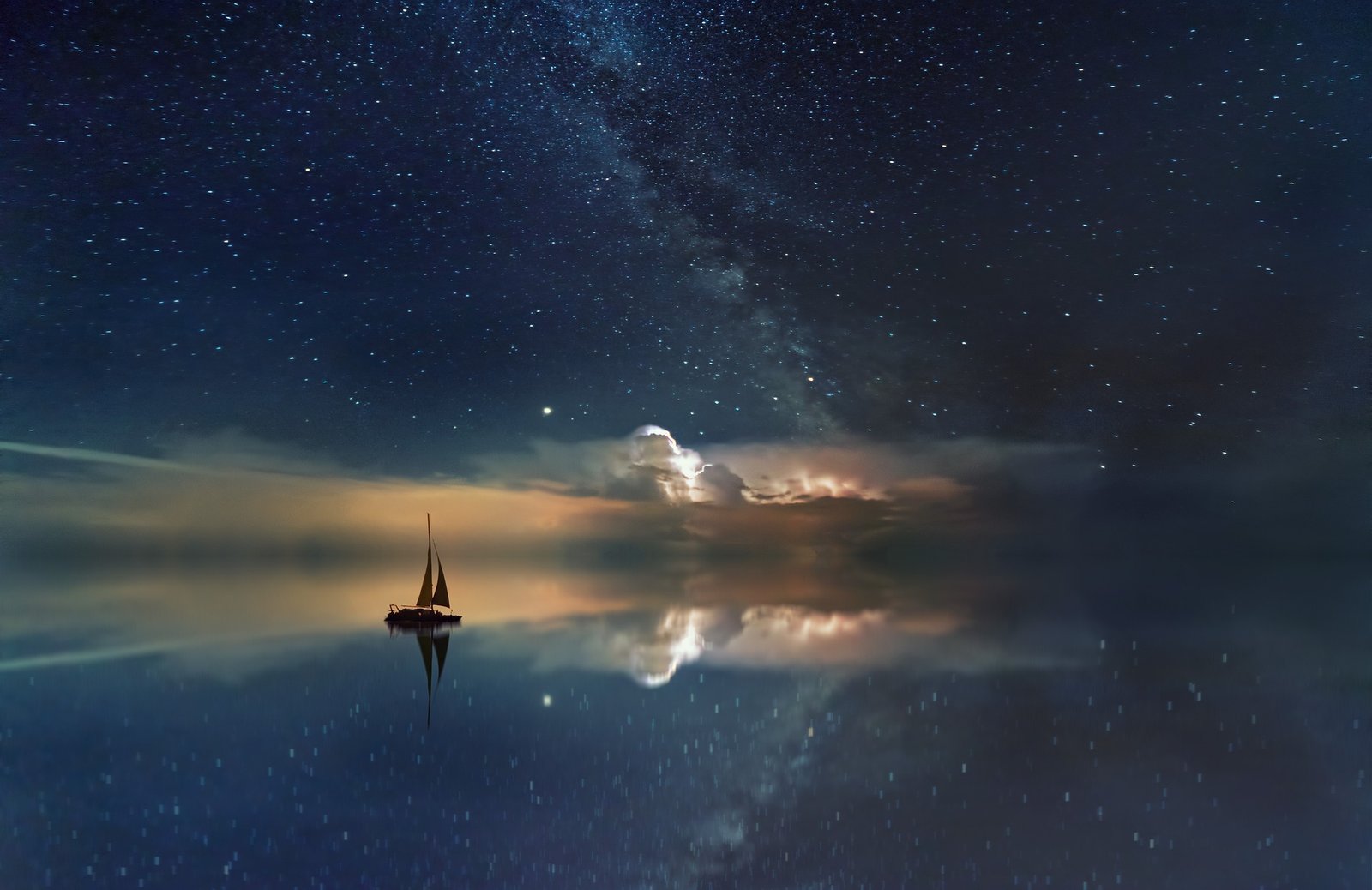It is located in the South Pacific Ocean, approximately 2,688 kilometers (1,670 miles) from land.
The name “Point Nemo” comes from the Latin word “nemo,” which means “no one.” It is also the name of Jules Verne’s fictional character Captain Nemo, who travels the oceans in his submarine, Nautilus, in Verne’s science-fiction adventure novels Twenty Thousand Leagues Under the Sea (1870) and The Mysterious Island (1871)
1. The inaccessible oceanic pole
The oceanic pole of inaccessibility is also known as Point Nemo.
This means that it is the farthest point on the ocean from any land. A pole of inaccessibility is a location on Earth that is the most difficult to reach based on predetermined criteria. On land, it usually refers to the point farthest away from the coastline.
2. The precise location of Point Nemo
The precise coordinates of Point Nemo are 48°52.6′S 123°23.6′W, or 49.0273°S 123.4345°W. The nearest islands in the South Pacific Ocean are Ducie Island, an uninhabited atoll in the Pitcairn Islands to the north; Motu Nui, the largest of three islets near Easter Island to the northeast; and Maher Island, off the coast of Antarctica’s unclaimed territory of Marie Byrd Land to the south.
3. When and Who discovered Point Nemo?
Hrvoje Lukatela, a Croatian-Canadian survey engineer, calculated the location of Point Nemo for the first time in 1992, using data from the US Defense Mapping Agency (now the National Geospatial-Intelligence Agency). Lukatela employed computational software to achieve a numerical resolution of approximately 1mm.
4. Point Nemo, a lifeless location
There is clearly no human life anywhere near Point Nemo. There doesn’t appear to be much sea life either. The location of Point Nemo falls within the Southern Pacific Gyre, a rotating ocean current that keeps nutrient-rich waters away from the area.
The great distance between Point Nemo and land also implies that nutrient run-off from coastal waters does not easily reach the area. Marine creatures that would otherwise settle near Point Nemo simply do not have enough food to survive.
Only bacteria and small crabs have been discovered in the volcanic vents of the seafloor near Point Nemo.
5. The bloop
Researchers from the National Oceanic and Atmospheric Administration (NOAA) in America discovered an ultra-low-frequency sound near Point Nemo in 1997 that they couldn’t explain. It was dubbed “the bloop.”
Fans of H. P. Lovecraft immediately associated the sound with Cthulhu. Despite the fact that there isn’t much biological activity near Point Nemo, some scientists speculated that it was the call of an unidentified marine animal.
The sound was finally identified in 2005 as the result of a non-tectonic ice quake caused by glacial movements in Antarctica.




















